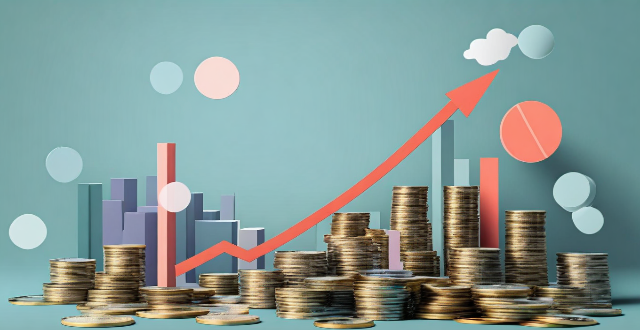Economic indicators, such as GDP growth rate, employment rate, inflation rate, interest rates, consumer sentiment, and manufacturing/service sector activity, are used to gauge the health of an economy. While these indicators provide valuable insights, their ability to predict a recession is not absolute due to limitations like lagging indicators, false signals, external factors, and policy responses. A combination of indicators and a probabilistic approach can improve accuracy in predicting economic downturns.

Can Economic Indicators Accurately Predict a Recession?
Economic indicators are tools used by economists and policymakers to gauge the health of an economy. These indicators provide insights into various aspects of economic activity, such as employment, inflation, consumer spending, and industrial production. While these indicators are useful in assessing the current state of the economy, the question remains: can they accurately predict a recession?
Key Economic Indicators
Gross Domestic Product (GDP)
- Growth Rate: A declining GDP growth rate is often seen as a sign of a potential recession.
- Negative Growth: Two consecutive quarters of negative GDP growth is typically considered a recession.
Employment Rate
- Unemployment Rate: A rising unemployment rate can indicate a weakening economy.
- Jobless Recovery: Sometimes, even during periods of economic growth, job creation may be slow or non-existent.
Inflation Rate
- High Inflation: Persistent high inflation can lead to reduced consumer spending power and ultimately a recession.
- Deflation: Low or negative inflation rates can also signal economic trouble.
Interest Rates
- Central Bank Policy: High interest rates set by central banks can slow down economic growth.
- Yield Curve Inversion: When short-term interest rates are higher than long-term rates, it's often seen as a recession warning.
Consumer Sentiment
- Confidence Indexes: Declining consumer confidence can lead to reduced spending and investment.
- Retail Sales: Weak retail sales numbers can indicate a lack of consumer confidence.
Manufacturing and Service Sector Activity
- PMI (Purchasing Managers' Index): A PMI below 50 indicates contraction in the sector.
- ISM (Institute for Supply Management) Index: Similar to PMI, but focuses on the US manufacturing sector.
Predictive Power of Economic Indicators
While these indicators provide valuable insights into the health of an economy, their ability to accurately predict a recession is not absolute. Here are some considerations:
Limitations
- Lagging Indicators: Some indicators only show changes after the fact, making them less useful for prediction.
- False Signals: Economic indicators can sometimes give false alarms or fail to predict a recession altogether.
- External Factors: Events like natural disasters, geopolitical conflicts, and global pandemics can disrupt economic trends and make predictions difficult.
- Policy Responses: Government and central bank interventions can alter the course of an economy, making predictions based on pure economic indicators less reliable.
Combination of Indicators
To improve the accuracy of recession predictions, economists often look at a combination of indicators rather than relying on a single measure. This approach provides a more comprehensive view of the economy's health.
Probabilistic Approach
Instead of seeing economic indicators as definitive predictors, they are better viewed as probabilistic signals that increase or decrease the likelihood of a recession occurring.
Conclusion
Economic indicators are crucial tools for understanding the state of an economy and identifying potential risks. However, their ability to accurately predict a recession is not foolproof due to various limitations and external factors. A comprehensive analysis combining multiple indicators and considering the broader context is necessary for more accurate predictions.